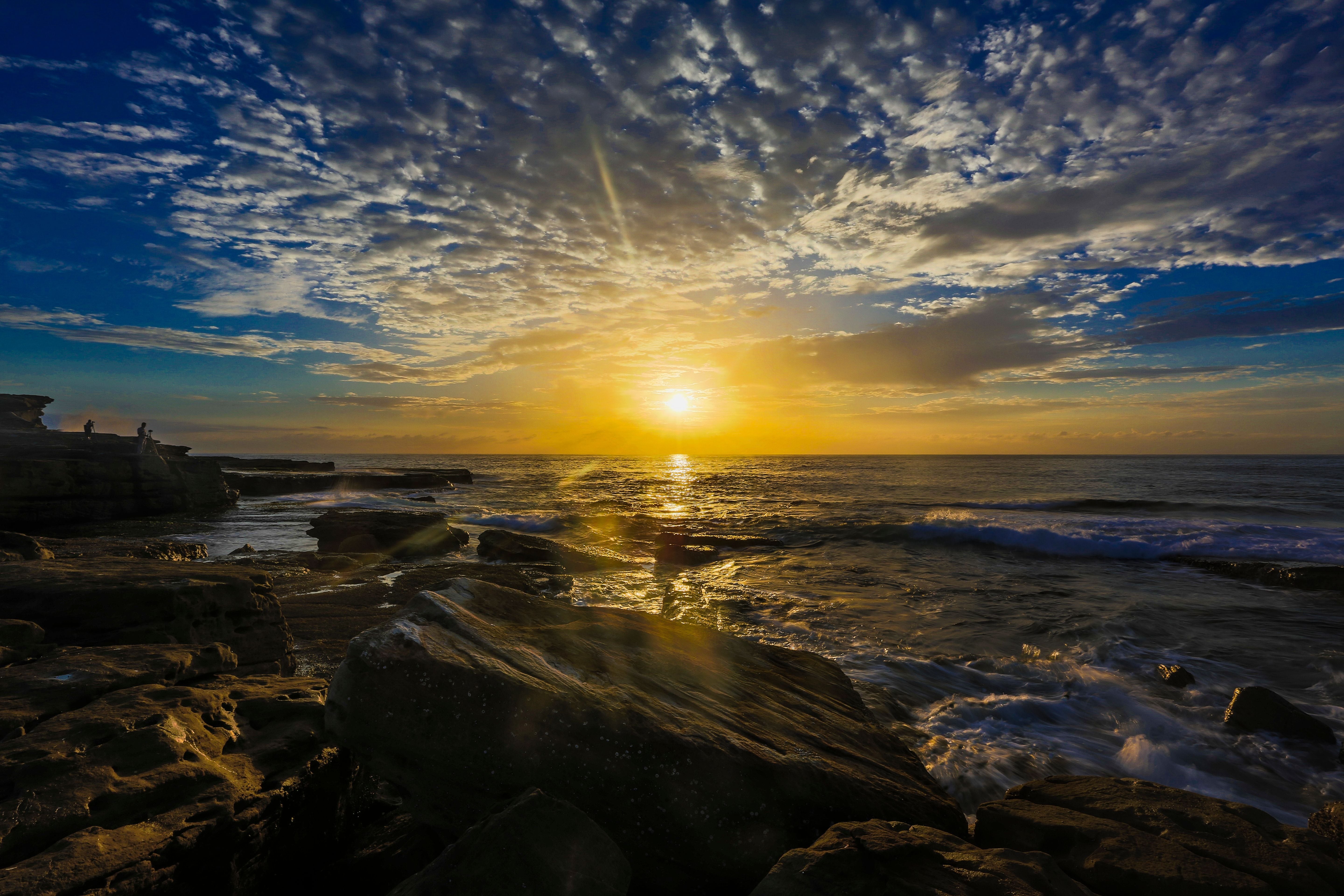Tips On Improving Your Photography
)
TIPS ON IMPROVING YOUR PHOTOGRAPHY
READ YOUR MANUAL
I know reading your manual can be quite boring and overwhelming, but they do tell you a lot about how to use your camera. Spend sometime reading your manual and getting to know your camera. I am not suggesting reading the manual from cover to cover, but have it handy so that you can refer to his from time to time. I still do that today.
USE THE HIGHEST RESOLUTION AVAILABLE ON YOUR CAMERA
Shooting in the RAW format gives you the best performance from your sensor. However shooting in RAW isn't always practical for every photographer, so if this is not an option then shoot in the highest resolution that your camera allows. This will allow you to make a large print and increase your options in editing. Memory cards are relatively cheap these days, so always buy the largest you can afford, the last thing you want is to run out of memory on your card when you are at that special event or holiday.
COMPOSITION
Composition is everything, if composition is poor then it is always going to be a poor photograph.
You need to be meticulous about it. Study the 'rules' and observe composition in other images to help you 'feel' what works best. Then try to use that knowledge to your advantage. Be deliberate about your composition, if time allows.If there is more than one thing in the image then you want to viewer to be able to follow a logical sequence in the image. Naturally the more objects in the image the harder this will be to achieve.
Try and frame the image in your mind before you raise the camera, continually looking at things like they could be a perfect photograph will train your mind to identify a great photography opportunity and you will instinctively want to take that photograph probably before you totally appreciate what you are about to capture.I have certainly found this with myself some of my greatest landscape photographs, which I have taken, I have just felt an immediate need to take the photograph, and only after taking it really started to appreciate that image.
KNOW YOUR FOCUS MODES
If you use autofocus, and you likely do, the camera's autofocus is either going to make the picture or ruin it. Know what the autofocus modes do and how to adjust focus if the camera suddenly decides it thinks it knows better than you what part of the frame you want in focus.
Also don't be afraid to understand M and how aperture, shutter speed and ISO work together.
LIGHTING
You have probably heard the term it is all about the lighting. Light is everything in photography. Spend your time looking for light, even if you aren't taking photos. Look for sun beams and breaks, reflections, shadows, natural light or artificial light. See how light interacts with the environment.
KNOW THE RULES THEN BREAK THEM.
It is a cliché, but true. An intentionally over or underexposed photo is usually much more compelling than one that was incorrectly exposed by accident. The only good blur is intentional blur. Photography is aesthetic and you can explore the fringes of what looks good and what doesn't. But have a reason to be at the fringe because the "my camera settings were messed up" excuse is not a good reason for promoting soft focus or motion blur. The photo may be compelling but intentionally compelling is the better way to go.
SHOOT EVERY DAY
Photography is like any skill, the more you do it, the better you can get. The best camera you have is the one in your hand, so if you aren't out with your full size sensor DSLR kit, don't be afraid to take the shot it is possible to take great photos with your mobile phone camera or some other point and shoot.
You can take great photos with any camera. A professional camera certainly does have its advantages, but also does have its disadvantages as well. What ever type of camera you have, there is always going to be some sort of compromise between quality, options available and portability.
| Tags:Improving Photography |

